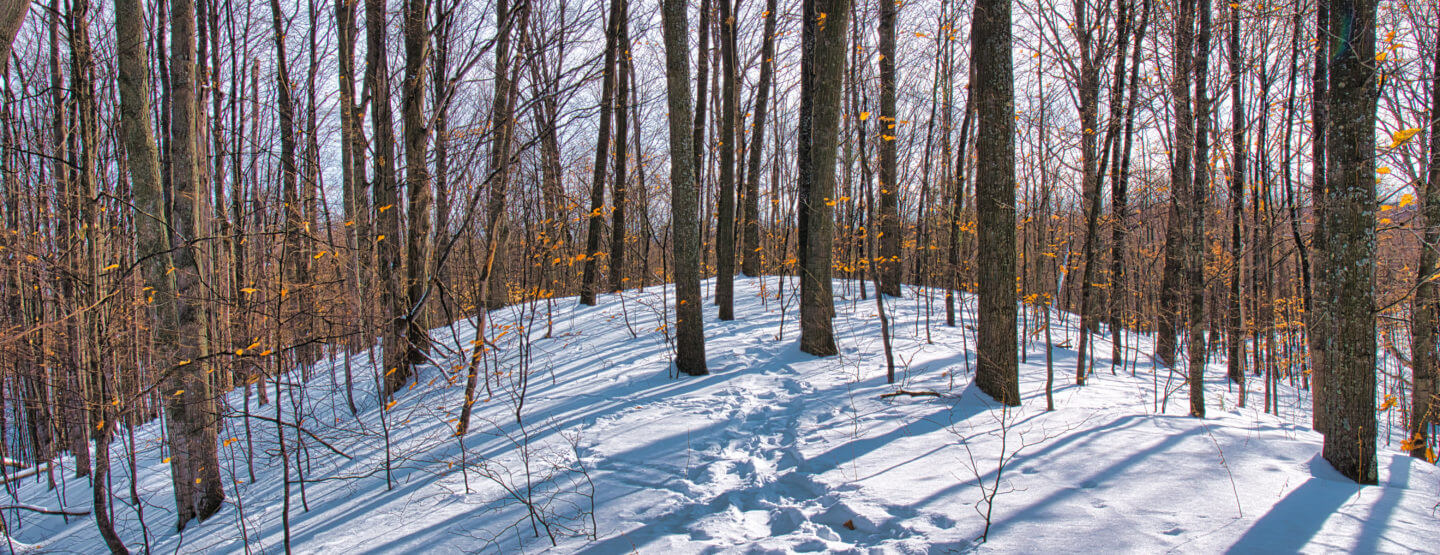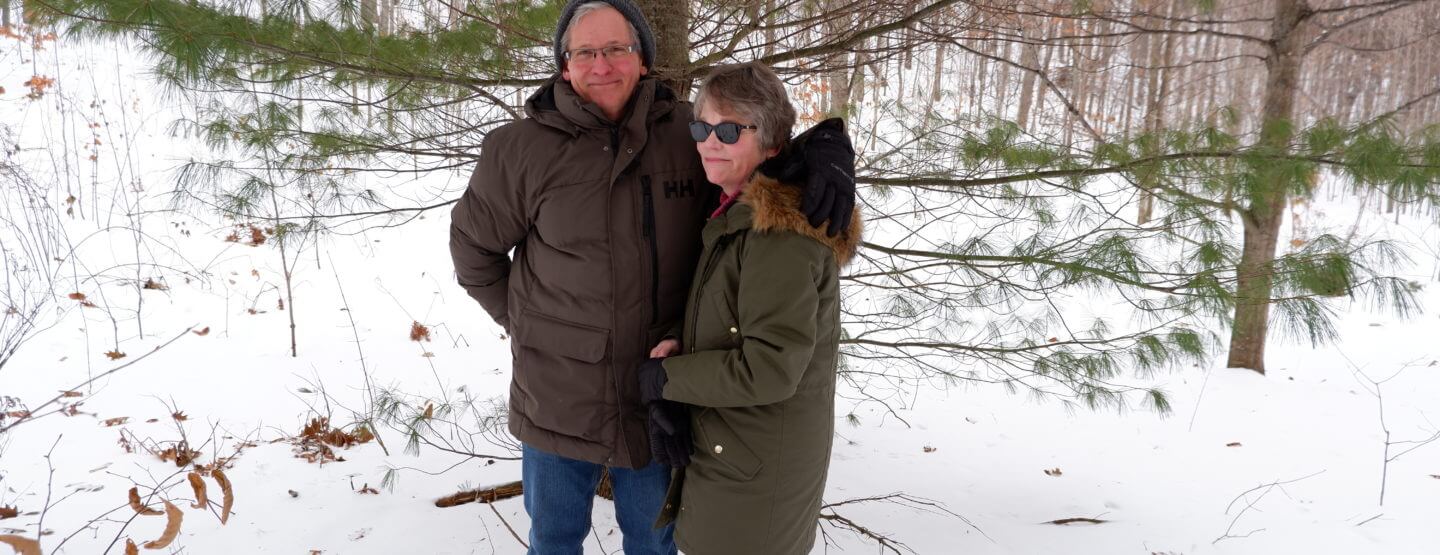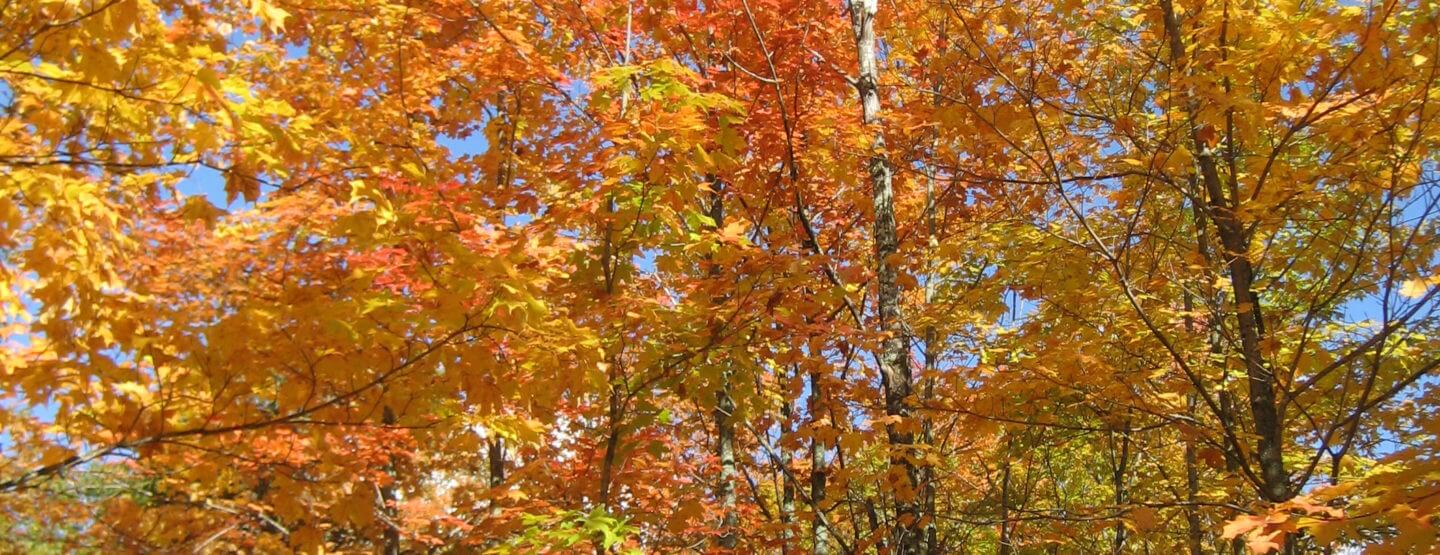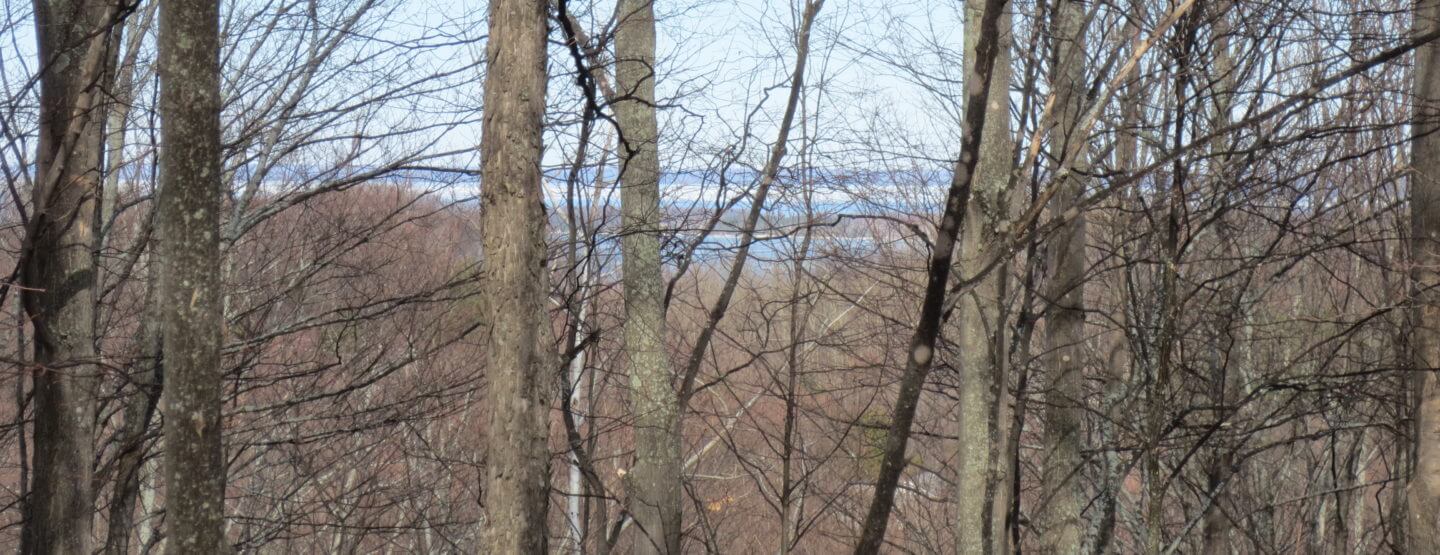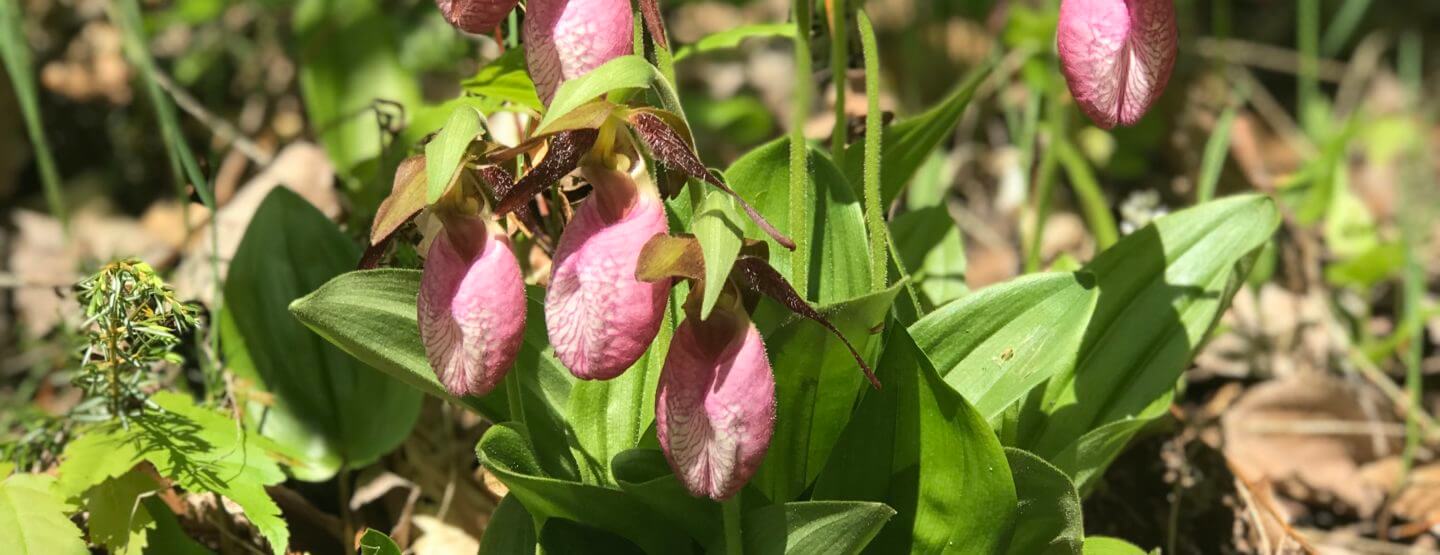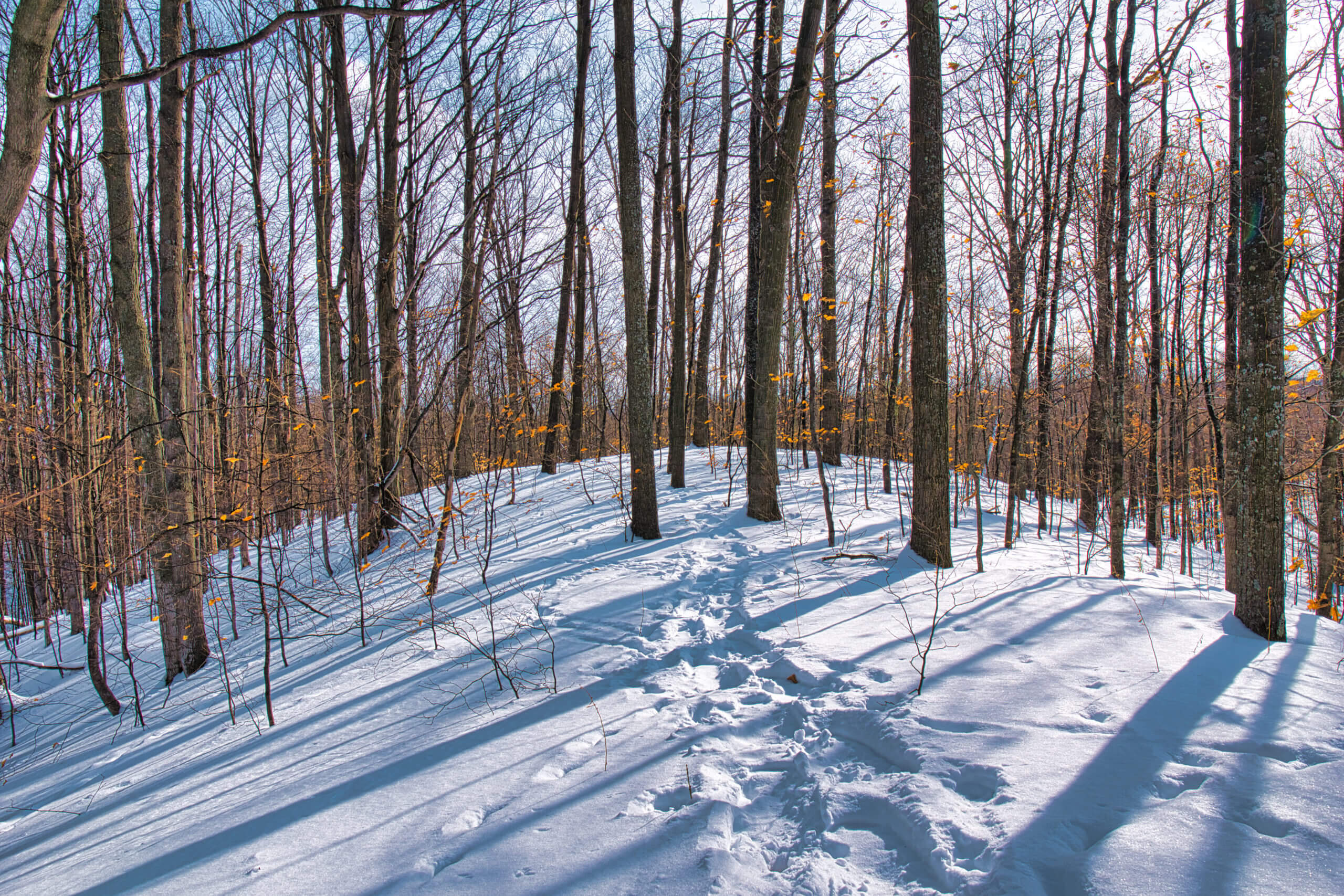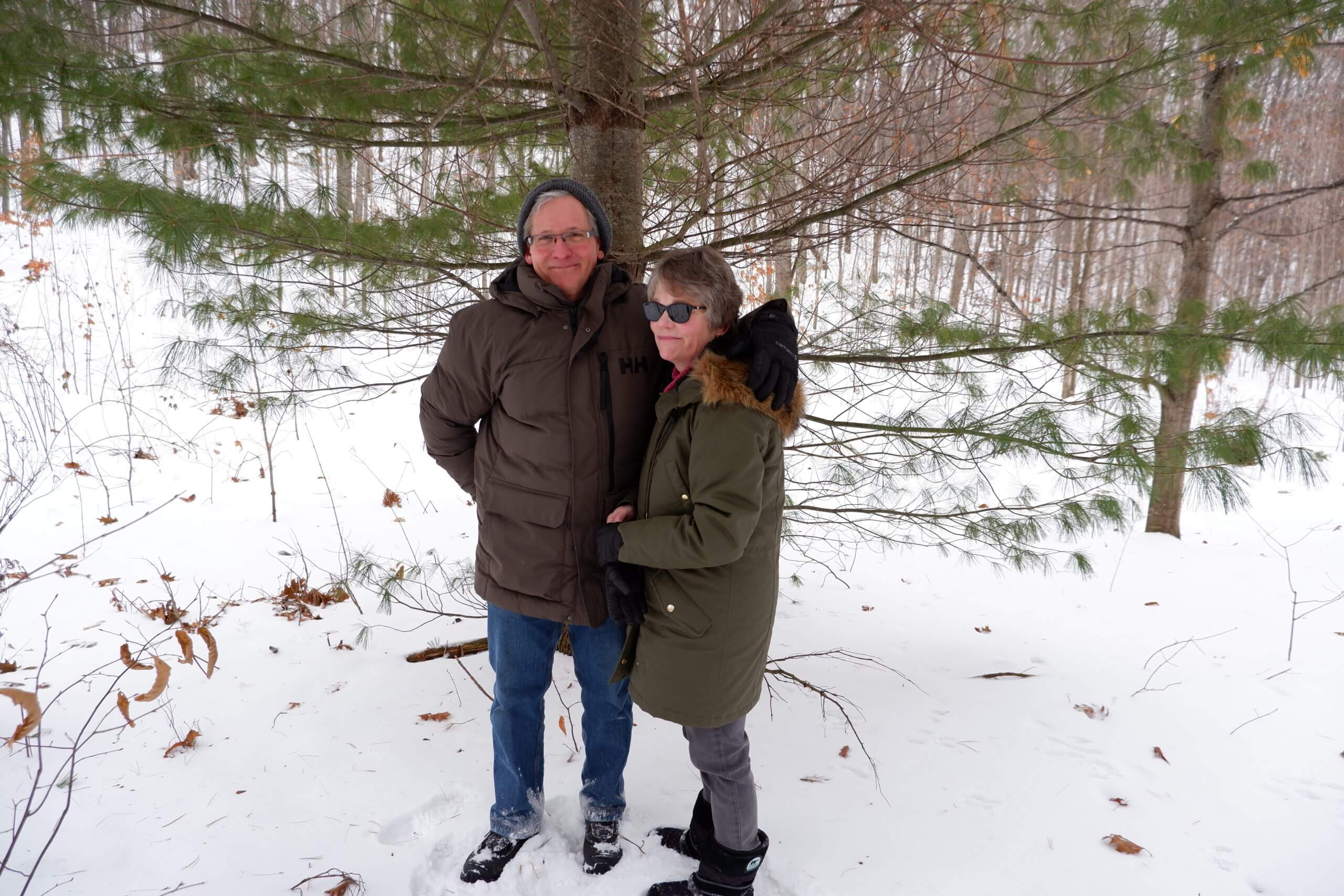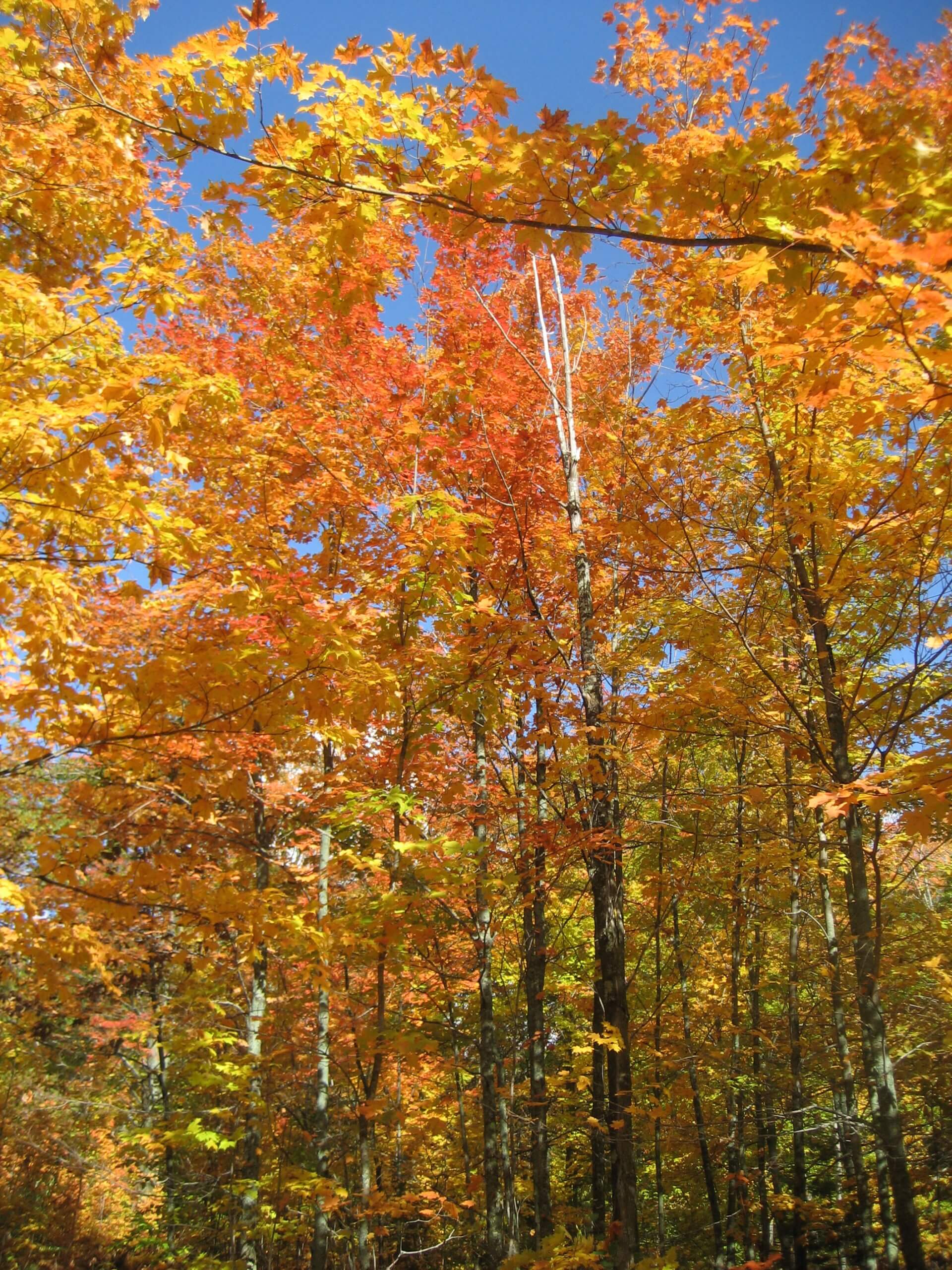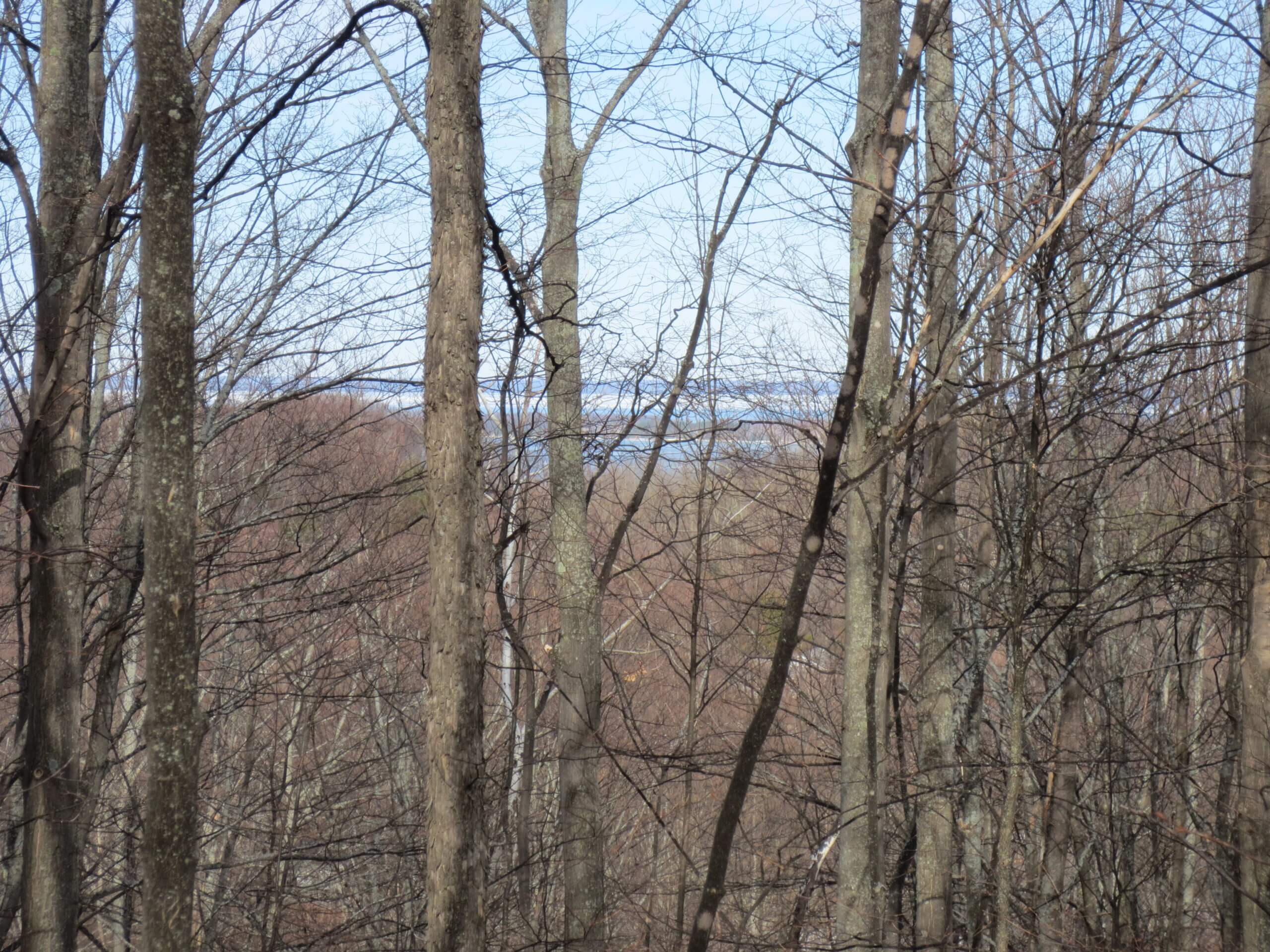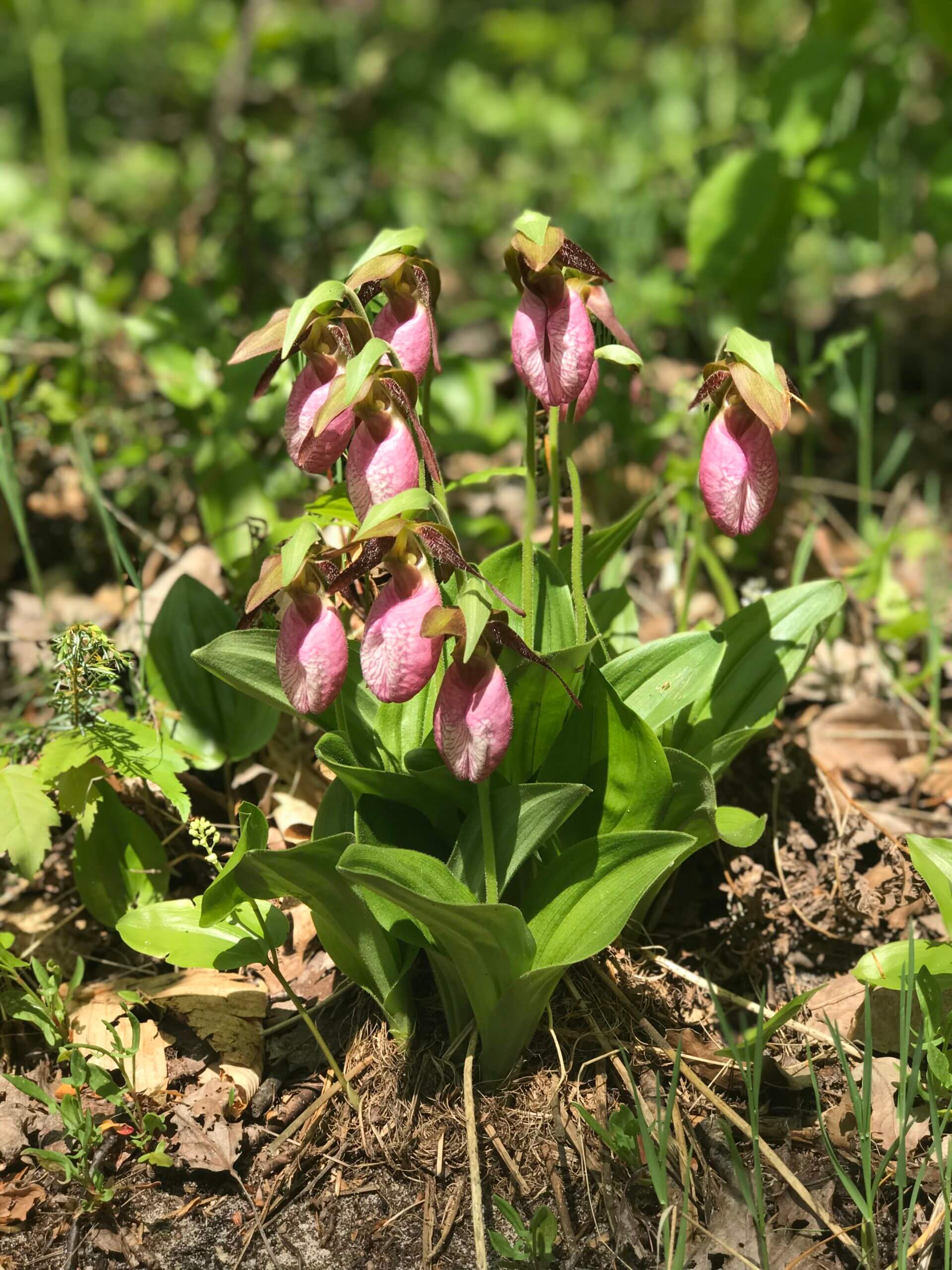Stites Natural Area, within walking distance of the Village of Suttons Bay, is a lovely natural area. We are grateful to Ray and Jan Pezzi for donating this beautiful land for the benefit of wildlife and the Leelanau community. Spectacular ridge-line views, majestic hardwoods and fabulous fall color are all on tap at this 70-acre ecological gem. Stites Natural Area is located on Broadway, about .2 of a mile up the road from the Suttons Bay Post Office.
Trail System
The current trail system is a 1.6 mile out-and-back two-track with an initial steep incline.
History
Stites Natural Area is located along W. Broadway, about a quarter-mile from the Suttons Bay Post Office and so close to Suttons Bay Schools that the cross-country team has trained there. The land had once been slated for development, with up to 60 houses planned. But over the years two different developers tried unsuccessfully to market a housing development. While the steep hills and valleys will make for great trails, they were an impediment to developers.
After watching the property change hands over the last decade, neighbors Ray and Jan Pezzis decided that enough was enough. They purchased the 50 acres over the last few years as parcels became available, and began talking to the Leelanau Conservancy about the possibilities of permanent protection. “One of my big motivations in protecting and offering our land to the Leelanau Conservancy is to honor the memory of my parents,“ says Jan. Jan’s parents, Phyllis (Merchant) and David Stites were both raised near Acme and her distant relatives were some of the first settlers in Northport. The Pezzis, who love to walk their dogs on the property, often reflect on those who taught them both to love nature. “I think my parents would be really pleased,” says Jan. They’re thrilled that Stites Natural Area will now be open for everyone to enjoy.
Read an in-depth story about the Pezzi’s from our fall 2019 newsletter here.
Features
The long, narrow winding ridgelines here are the result of glacial deposits of sand and gravel. Deep valleys have been carved out by melting streams; the rolling terrain will make for some great trails. The views when the leaves are off the trees stretch all the way to Old Mission Peninsula.
The northern hardwood forest boasts exceptional fall color. And come spring, the forest floor is blanketed with beautiful wildflowers, including trillium and yellow and pink lady’s slippers. Midwest crab apple, American hazelnut and white oaks were planted by the Pezzis to compensate for beech bark disease. There are some magnificent trees here; some are more than a century old and three feet in diameter. The forest is home to grouse, woodcock, turkey, deer and bobcat. Even bear tracks have appeared on the old two-track.

